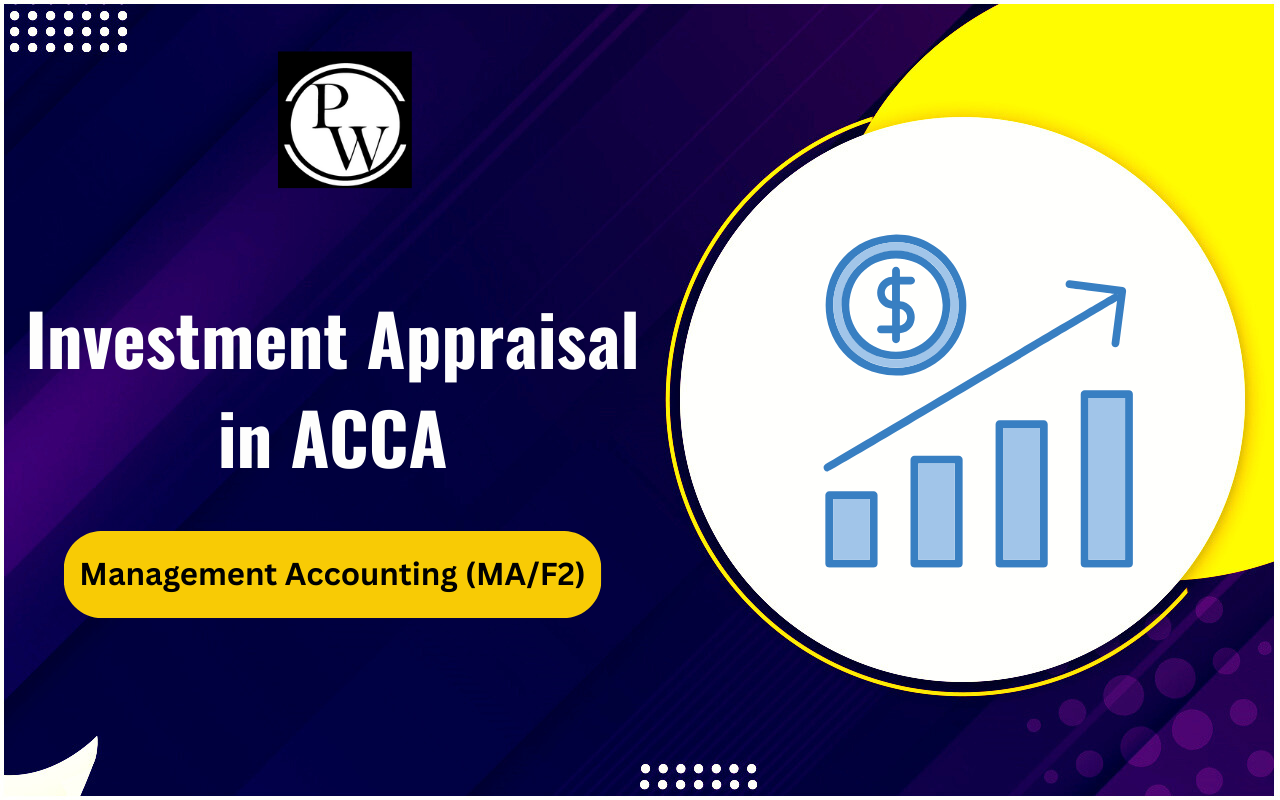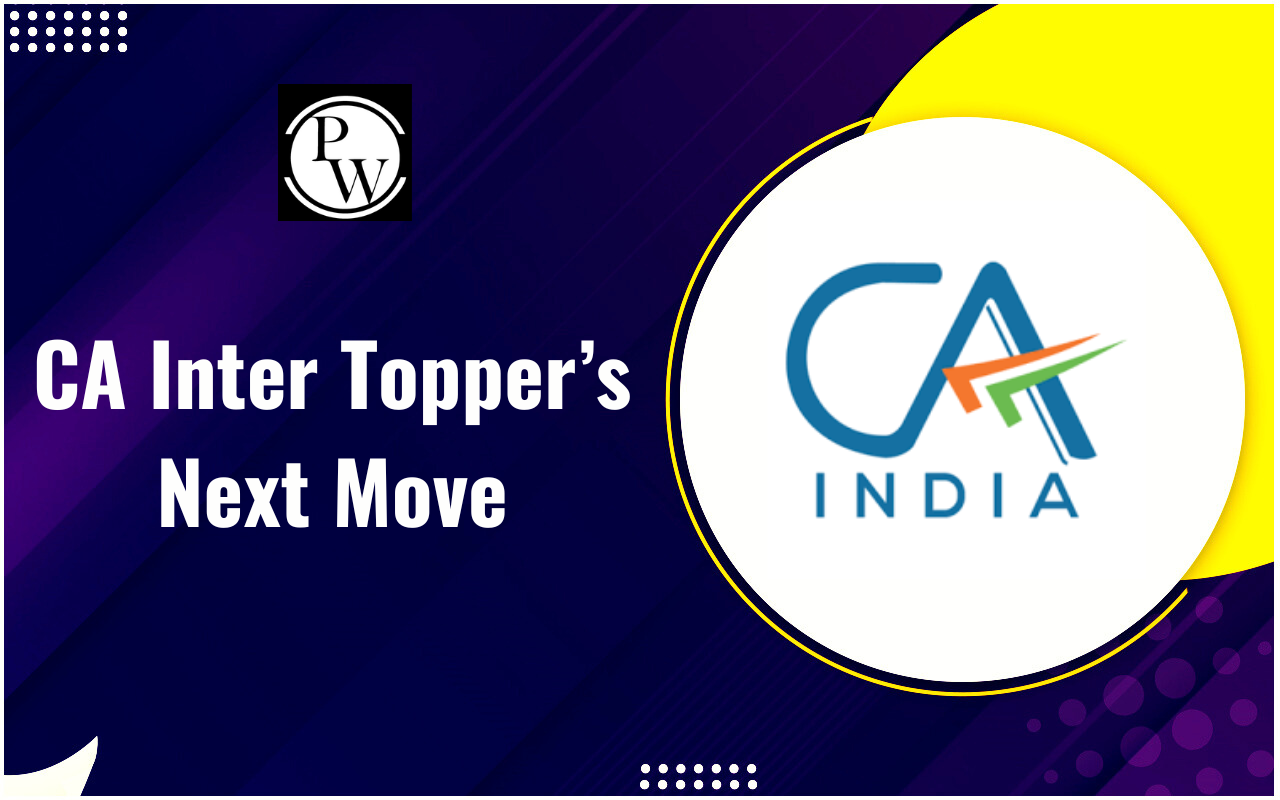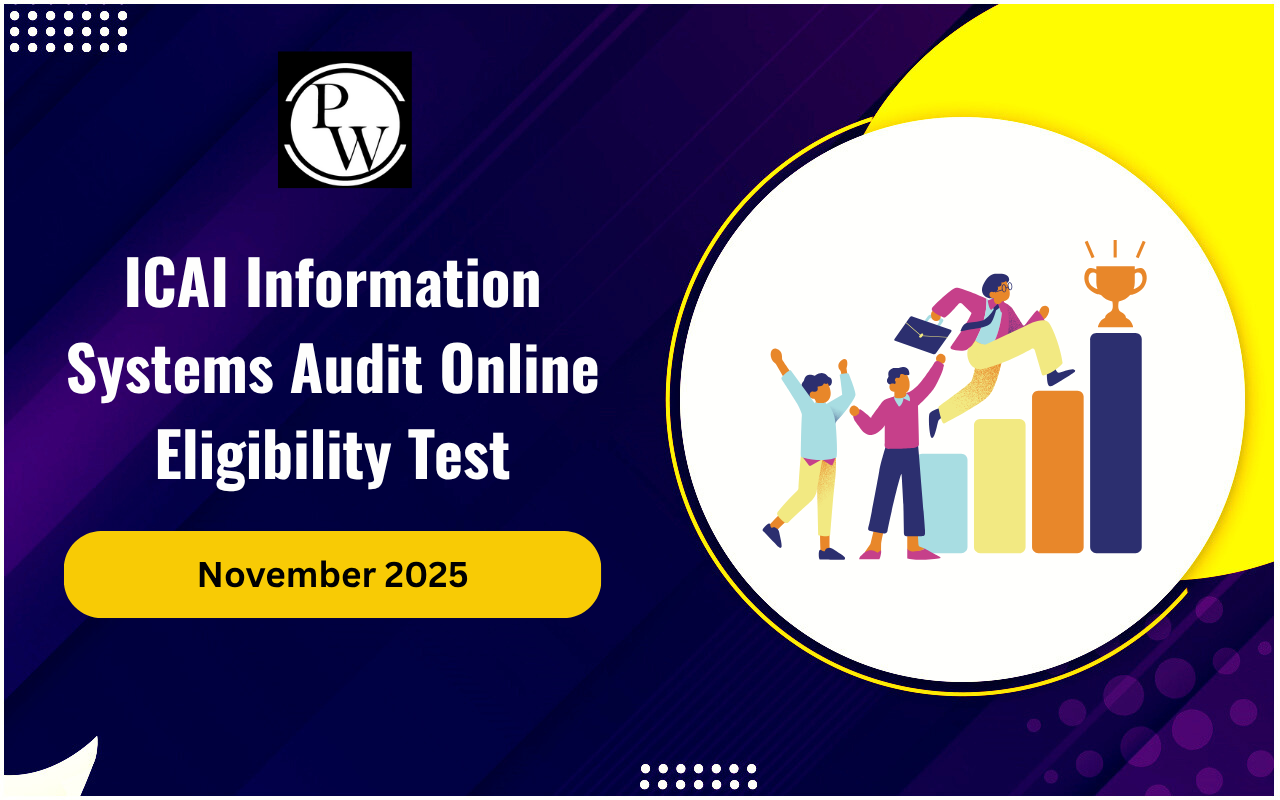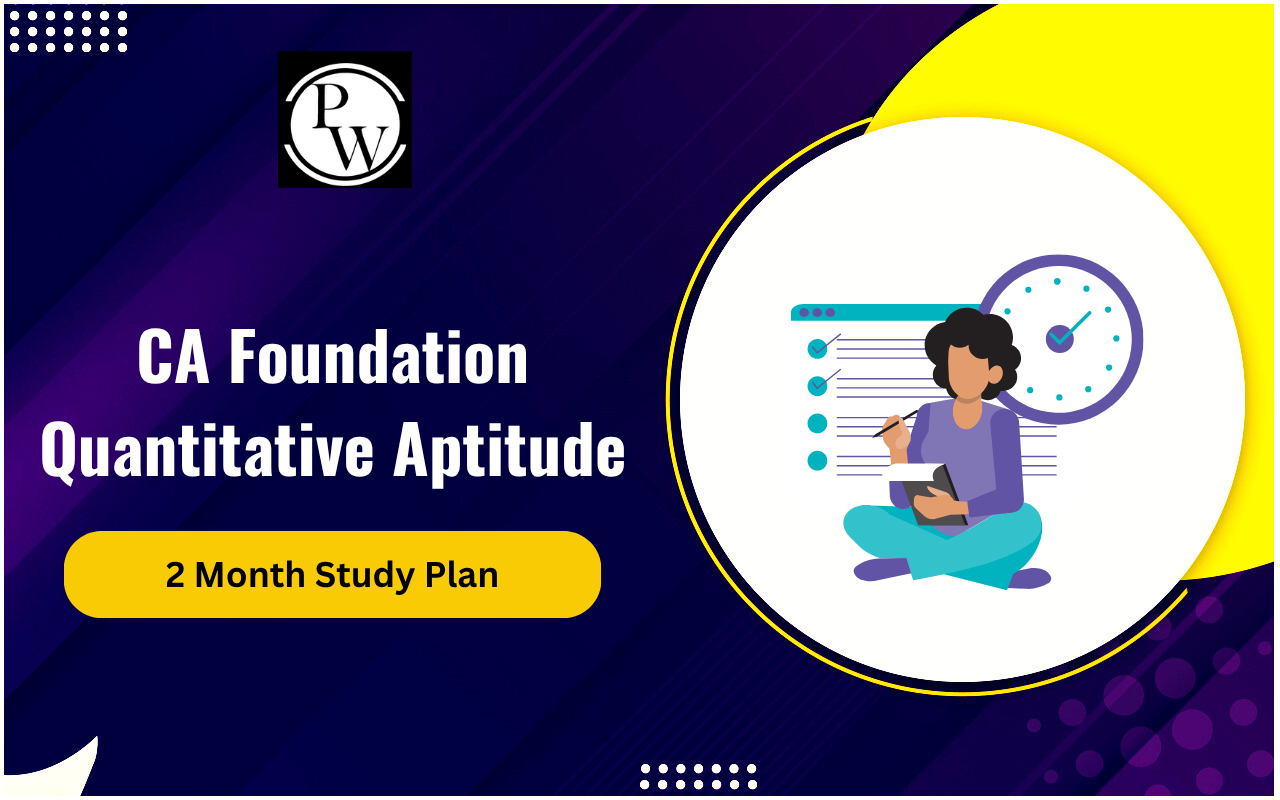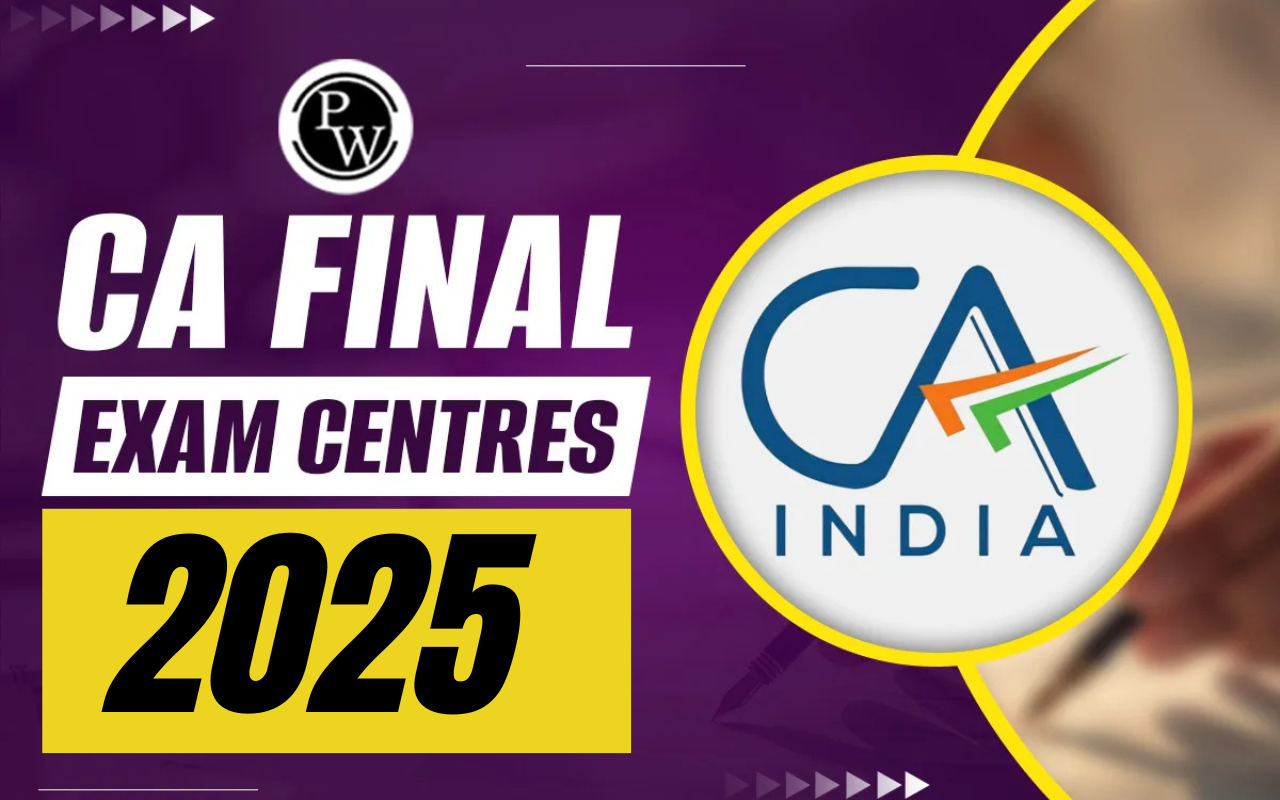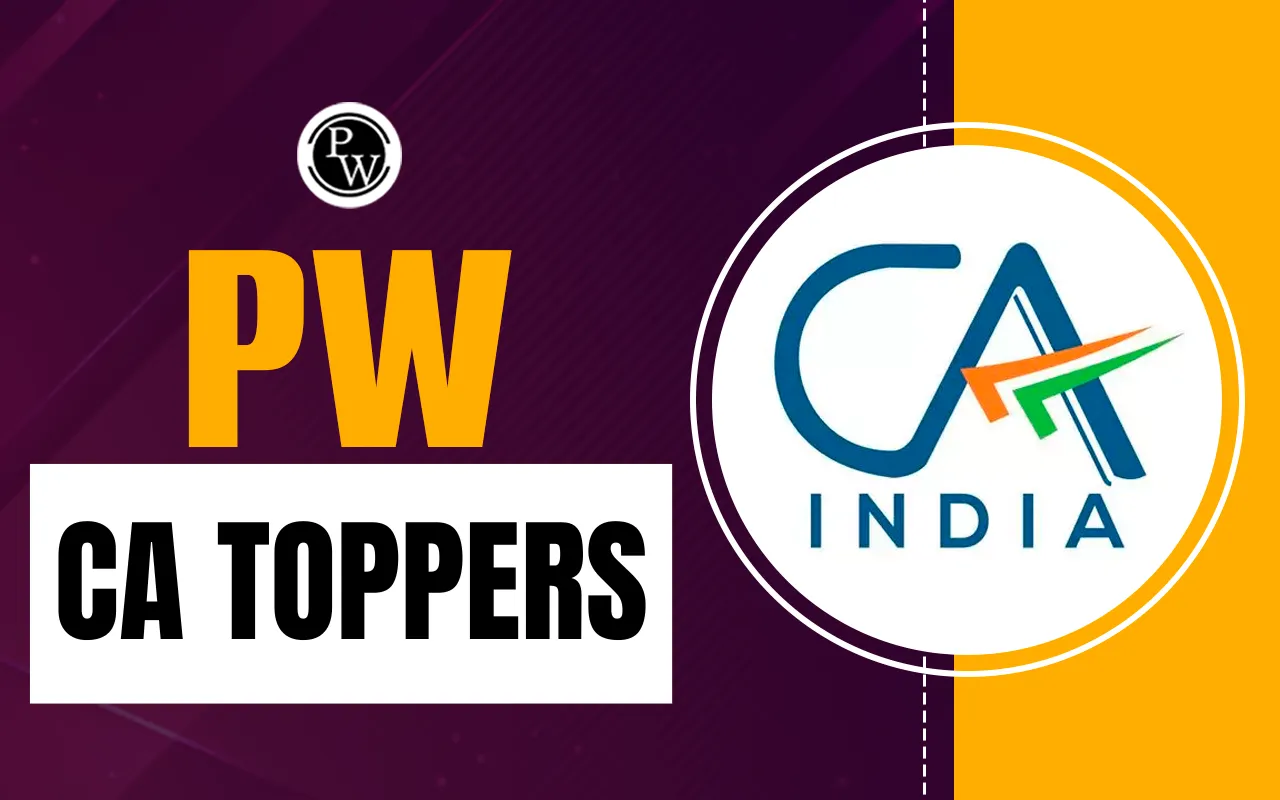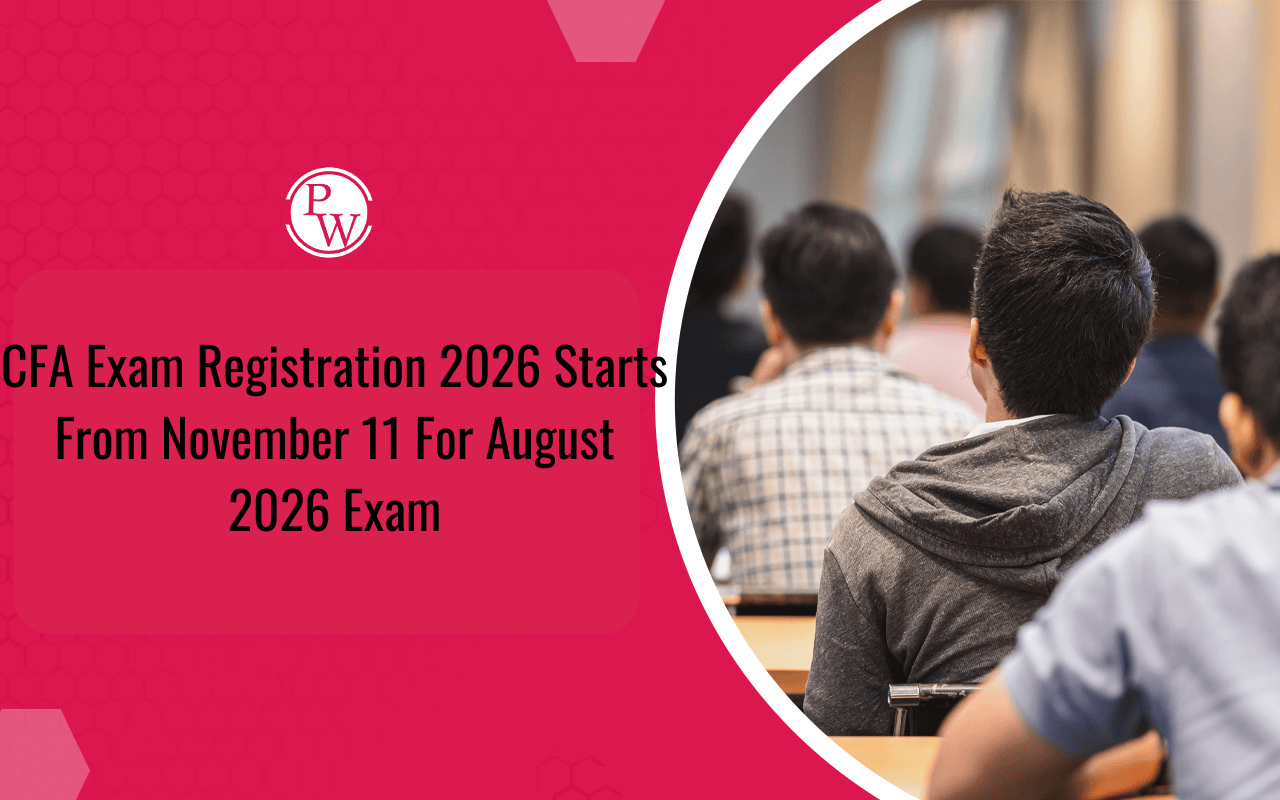
CA Syllabus 2025: The CA syllabus, set by the Institute of Chartered Accountants of India (ICAI), covers subjects like taxation, auditing, and business law. The CA program has three stages: CA Foundation, CA Intermediate, and CA Final.
To earn the professional certification, aspiring CA candidates must pass exams at each of these levels. In this article, we'll explore the syllabus for CA Foundation , CA Intermediate, and CA Final, providing you with a comprehensive overview.CA Syllabus 2025
To become eligible for the CA exam , candidates must complete the syllabus for their chosen course within a specified time frame. CA Foundation and Intermediate exams are conducted thrice a year in May/June, September, and January, while CA Final exams are held twice a year in May-June and November-December. Candidates can register for the CA exam based on their eligibility and course level. It's important to note that candidates can only progress to the next level of the course after successfully clearing the current level. To move on to the next CA course level, candidates must achieve passing marks or higher in all the current level papers, with a minimum of 50 percent marks in aggregate (40 percent in each paper). Graduates looking to pursue the CA course can directly enroll in the CA Intermediate course. Here, we provide the highlights of the ICAI CA syllabus 2025 for all three course levels.| CA Syllabus 2025 Highlights | |
|---|---|
| ICAI CA Exams | Details |
| Exam Name | Chartered Accountancy (CA) exam |
| Exam Conducting body | ICAI |
| Exam Mode | Computer based test mode |
| Exam Levels |
|
| Number of papers |
|
| Frequency | CA Foundation: Thrice a Year CA Intermediate: Thrice a Year CA Final: Twice a Year |
| Level of Difficulty | Moderate to tough |
| Number of attempts | Multiple |
CA Eligibility Criteria
To be eligible for the CA exam, candidates need to meet certain criteria:- Complete 10th and 10+2 from a recognized Board.
- Pass 10+2 with at least 50% marks, preferably in Commerce.
- There's no age limit for applying to the CA foundation course.
CA Foundation Syllabus 2025
The CA Foundation program consists of four main sections, each covering specific subjects. Here's a list of the topics you need to learn for each of the four papers in the CA Foundation syllabus . To succeed in the exam, you'll need to thoroughly understand CA Syllabus and master these subjects during your course.CA Foundation Paper 1: Principles and Practice of Accounting
The CA Foundation Paper 1 consists of two modules with a total of 10 chapters. Here's a list of the chapter names for your reference:
| CA Foundation Syllabus for Paper 1 | |
|---|---|
| CA Foundation Module-1 | CA Foundation Module-2 |
| Chapter 1: Theoretical Framework | Chapter 7: Preparation of Final Accounts of Sole Proprietors |
| Chapter 2: Accounting Process | Chapter 8: Partnership Accounts |
| Chapter 3: Bank Reconciliation Statement | Chapter 9: Financial Statements of Not-for-Profit Organizations |
| Chapter 4: Inventories | Chapter 10: Company Accounts |
| Chapter 5: Concept and Accounting of Depreciation | |
| Chapter 6: Accounting for Special Transactions | |
CA Foundation Paper-2: Business Laws and Business Correspondence and Reporting
The CA Foundation exam is divided into two main sections. Section 1 consists of 5 papers, while Section 2 includes 13 papers. To prepare for the exam, you'll need to cover specific chapters within a designated timeframe to be eligible to take the Foundation exam.| CA Foundation Syllabus for Paper-2 | |
|---|---|
| Paper 1 Sec A: Business Laws | Paper 2 Sec B: Business Correspondence and Reporting |
| Chapter 1: The Indian Contract Act, 1872 | Chapter 1: Communication |
| Chapter 2: The Sale of Goods Act, 1930 | Chapter 2: Sentence Types and Direct-Indirect, Active-Passive Speech |
| Chapter 3: The Indian Partnership Act, 1932 | Chapter 3: Vocabulary |
| Chapter 4: The Limited Liability Partnership Act, 2008 | Chapter 4: Comprehension Passages |
| Chapter 5: The Companies Act, 2013 | Chapter 5: Note Making |
| Chapter 6: Introduction to Basics of Writing | |
| Chapter 7: Precis Writing | |
| Chapter 8: Article Writing | |
| Chapter 9: Report Writing | |
| Chapter 10: Writing Formal Letters and Official Communication | |
| Chapter 11: Writing Formal Mails | |
| Chapter 12: Resume Writing | |
| Chapter 13: Meetings | |
CA Foundation Paper-3: Business Mathematics, Logical Reasoning and Statistics
The CA Foundation Paper 3 is divided into three parts. Part 1 consists of 8 chapters, part 2 includes 5 chapters, and part 3 contains 6 chapters. Let's take a look at the names of these chapters:
| CA Foundation Syllabus for Paper-3 | ||
|---|---|---|
| Part A: Business Mathematics | Part B: Logical Reasoning | Part-C: Statistics |
| Chapter 1: Ratio and Proportion, Indices, Logarithms | Chapter 9: Number Series, Coding and Decoding and Odd Man Out | Chapter 14: Statistical Description of Data |
| Chapter 2: Equations and Matrices | Chapter 10: Direction Tests | Chapter 15: Measures of Central Tendency and Dispersion |
| Chapter 3: Linear Inequalities | Chapter 11: Seating Arrangements | Chapter 16 : Probability |
| Chapter 4: Time Value of Money | Chapter 12: Blood Relations | Chapter 17: Theoretical Distributions |
| Chapter 5: Basic Concepts of Permutations and Combinations | Chapter 13: Syllogism | Chapter 18: Correlation And Regression |
| Chapter 6: Sequence and Series - Arithmetic and Geometric Progressions | Chapter 19: Index Number and Time Series | |
| Chapter 7: Sets, Functions and Relations | ||
| Chapter 8: Basic Concepts of Differential and Integral Calculus | ||
CA Foundation Paper-4: Business Economics and Business and Commercial Knowledge
The CA Foundation paper 4 consists of two parts. Part 1 contains 5 chapters, while Part 2 comprises 6 chapters. Here are the names of the chapters of CA Syllabus:
| CA Foundation Syllabus for Paper-4 | |
|---|---|
| Part I: Business Economics | Part 2: Business and Commercial Knowledge |
| Chapter 1: Nature & Scope of Business Economics | Chapter 1: Business and Commercial Knowledge – An Introduction |
| Chapter 2: Theory of Demand and Supply | Chapter 2: Business Environment |
| Chapter 3: Theory of Production and Cost | Chapter 3: Business Organizations |
| Chapter 4: Meaning and Types of Markets | Chapter 4: Government Policies for Business Growth |
| Chapter 5: Business Cycles | Chapter 5: Organizations Facilitating Business |
| Chapter 6: Common Business Terminologies | |
CA Intermediate Syllabus 2025
The CA Intermediate program includes two groups with a total of six papers. You can find the detailed CA Intermediate syllabus in the table provided below.
| CA Syllabus for CA Intermediate Course | |
|---|---|
| Group I | Group II |
| Paper - 1: Advanced Accounting | Paper - 4: Cost and Management Accounting |
| Paper - 2: Corporate and Other Laws | Paper - 5: Auditing and Ethics |
| Paper - 3: Taxation | Paper - 6: Financial Management and Strategic Management |
CA Final Syllabus 2025
At the CA Intermediate level, this part also has 6 papers of 600 marks. The ca final syllabus is quite lengthier than the other two levels of this exam. There are 6 sub-parts of section 6 of this exam. Now you can imagine how wider it would be. Let’s see each part one by one and their topics and sub-topics of CA Syllabus. This is the last stage of struggle for all CA Candidates.
| CA Syllabus for CA Final Course | |
|---|---|
| Paper | Paper Name |
| Paper 1 | Financial Reporting |
| Paper 2 | Advanced Financial Management |
| Paper 3 | Advanced Auditing, Assurance And Professional Ethics |
| Paper 4 | Direct Tax Laws & InternationalTaxation |
| Paper 5 | Indirect Tax LawsPart I: Goods and Services TaxPart II: Costumes & FTP |
| Paper 6 | Integrated Business Solutions(Multi-Disciplinary Case Study With Strategic Management) |
Books for CA Exam
You can find a wide range of study materials for CA Syllabus preparation available on the PW Store. Here are some top-rated books recommended by experienced CA candidates for different CA exams.CA Syllabus 2025 FAQs
What is the number of papers in each level of the CA exam?
How often are the CA exams conducted?
Who gives the CA Certification?
Can graduates enroll directly in the CA Intermediate course?
Who is eligible to take the CA exam?


